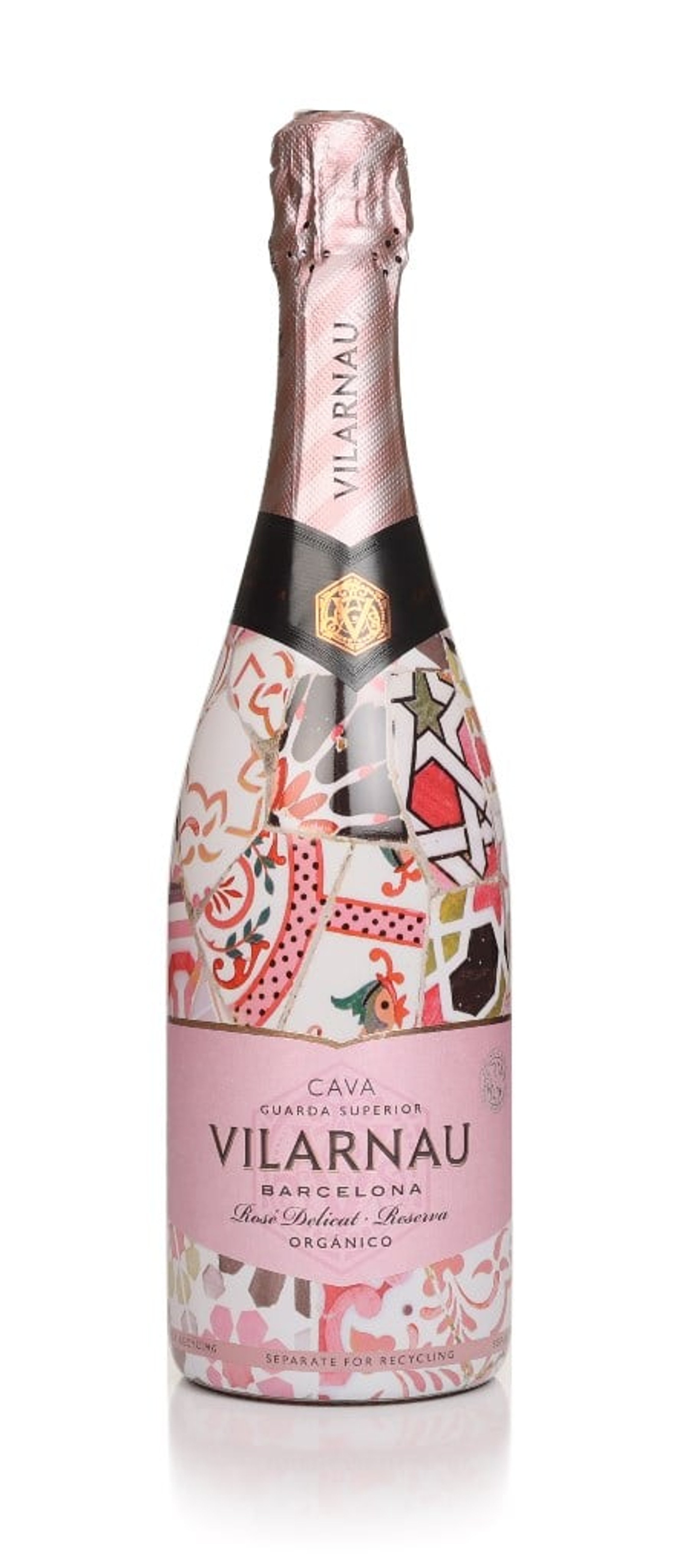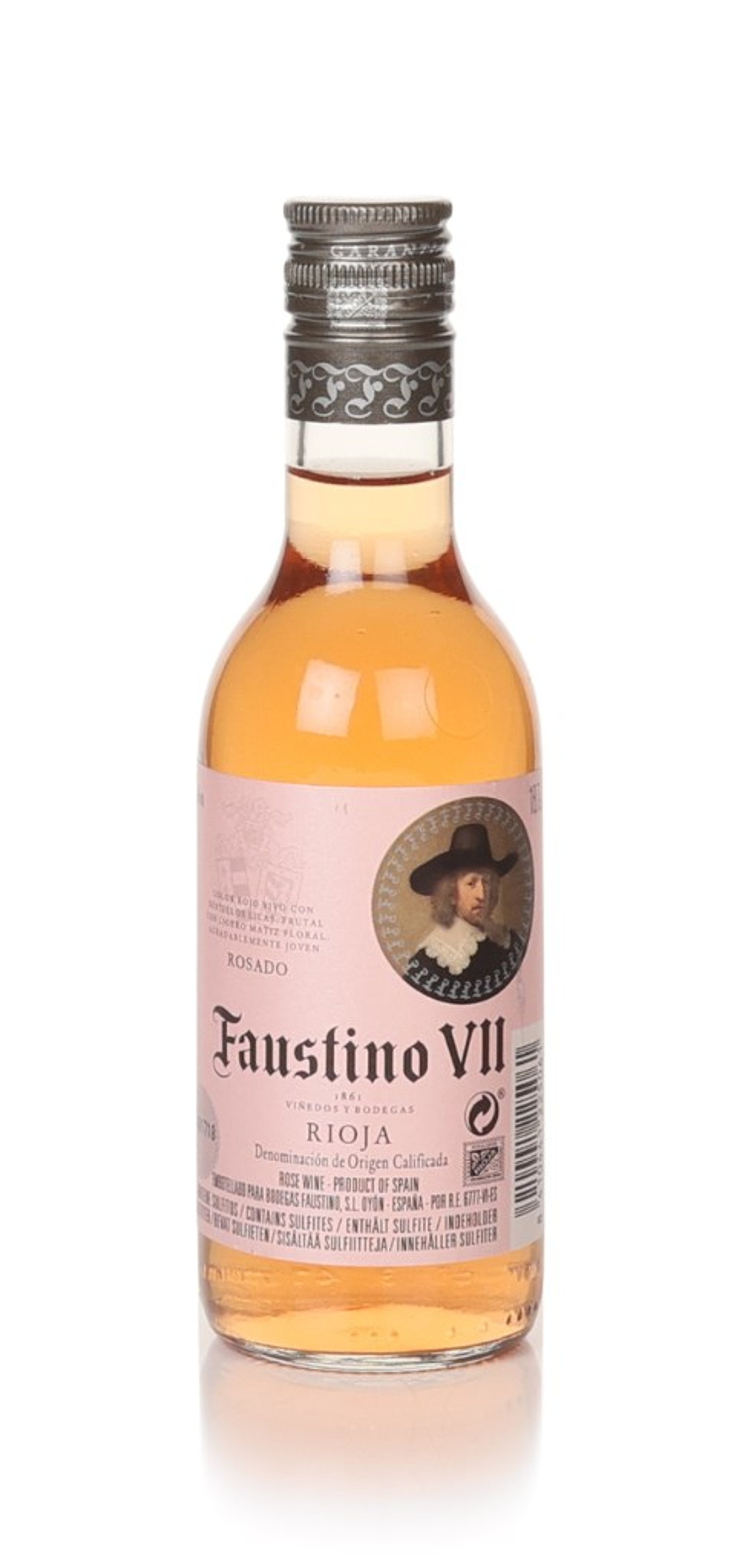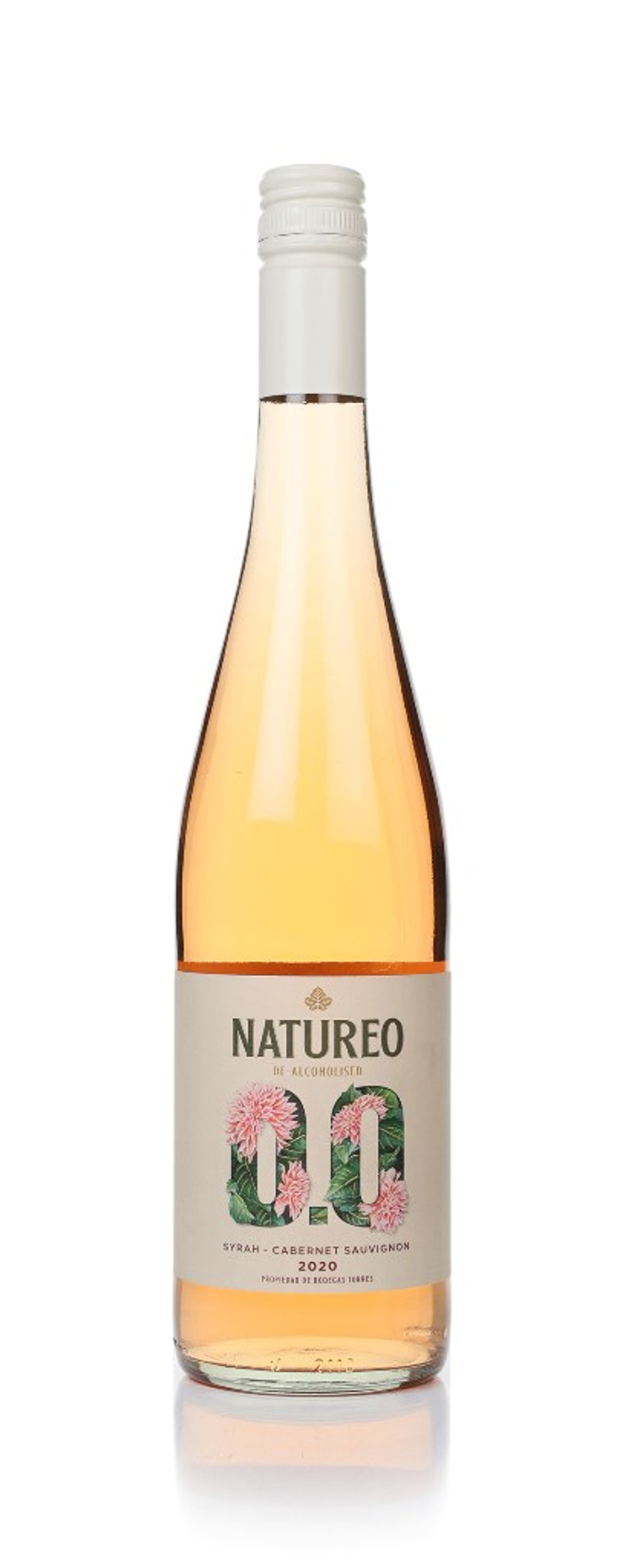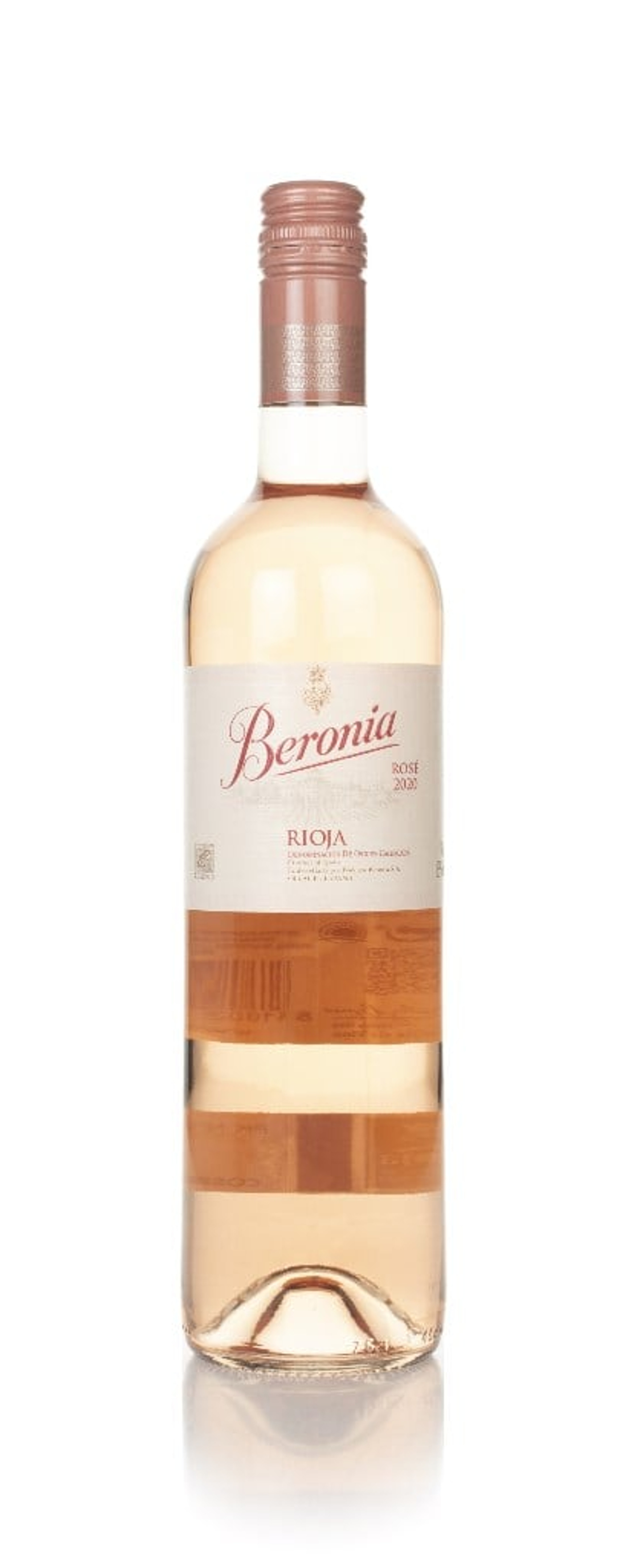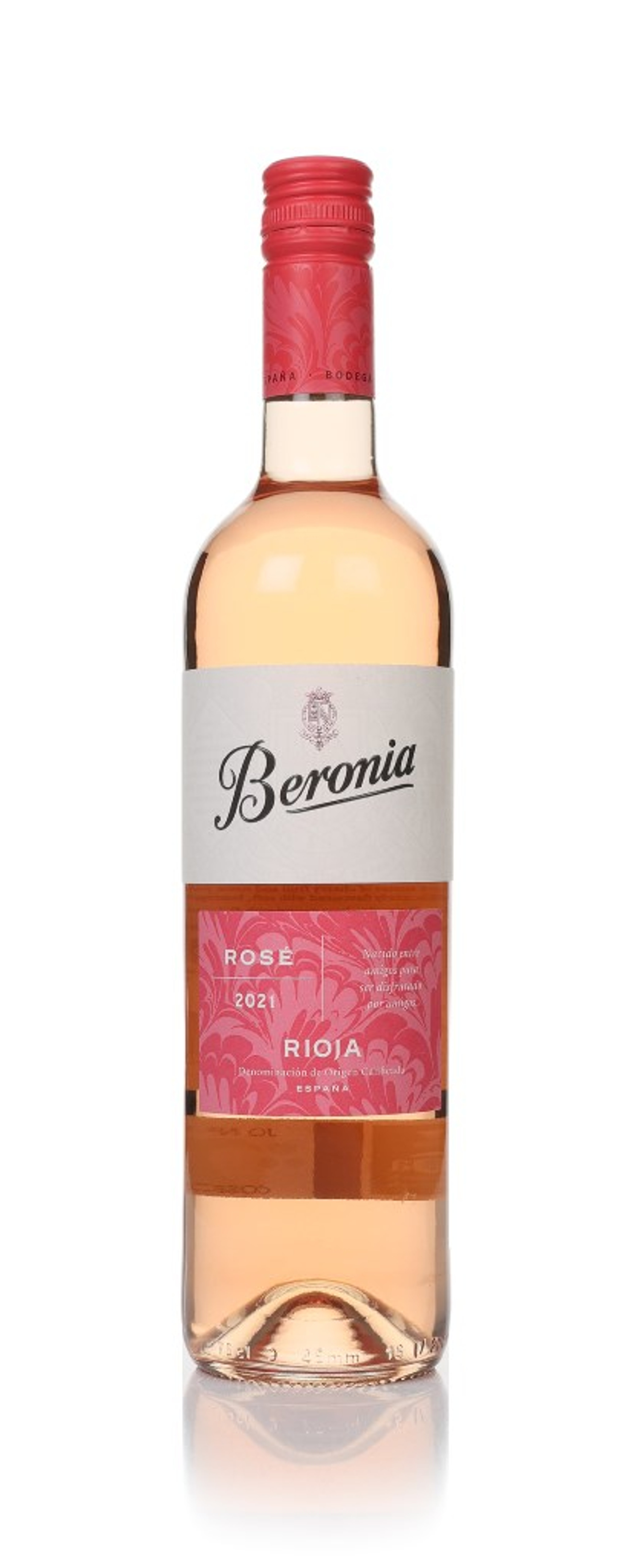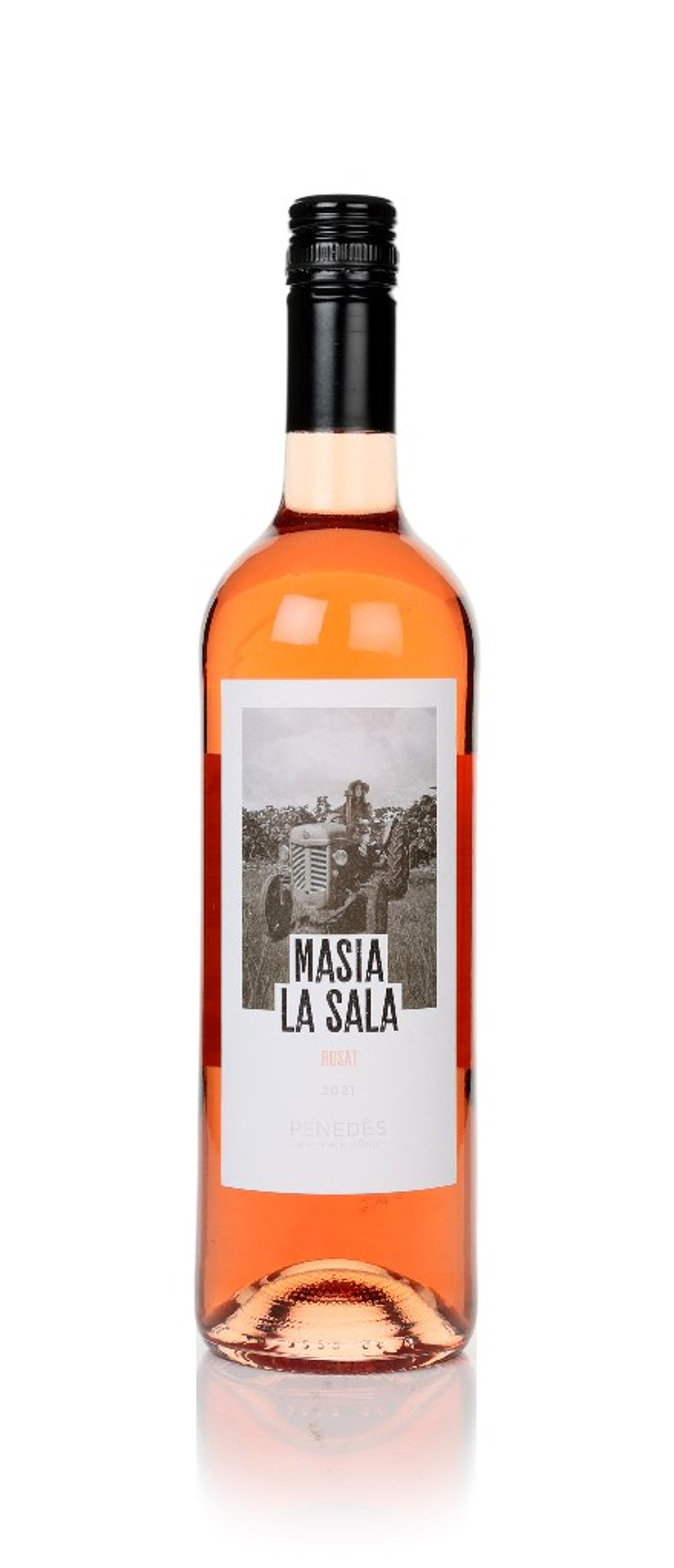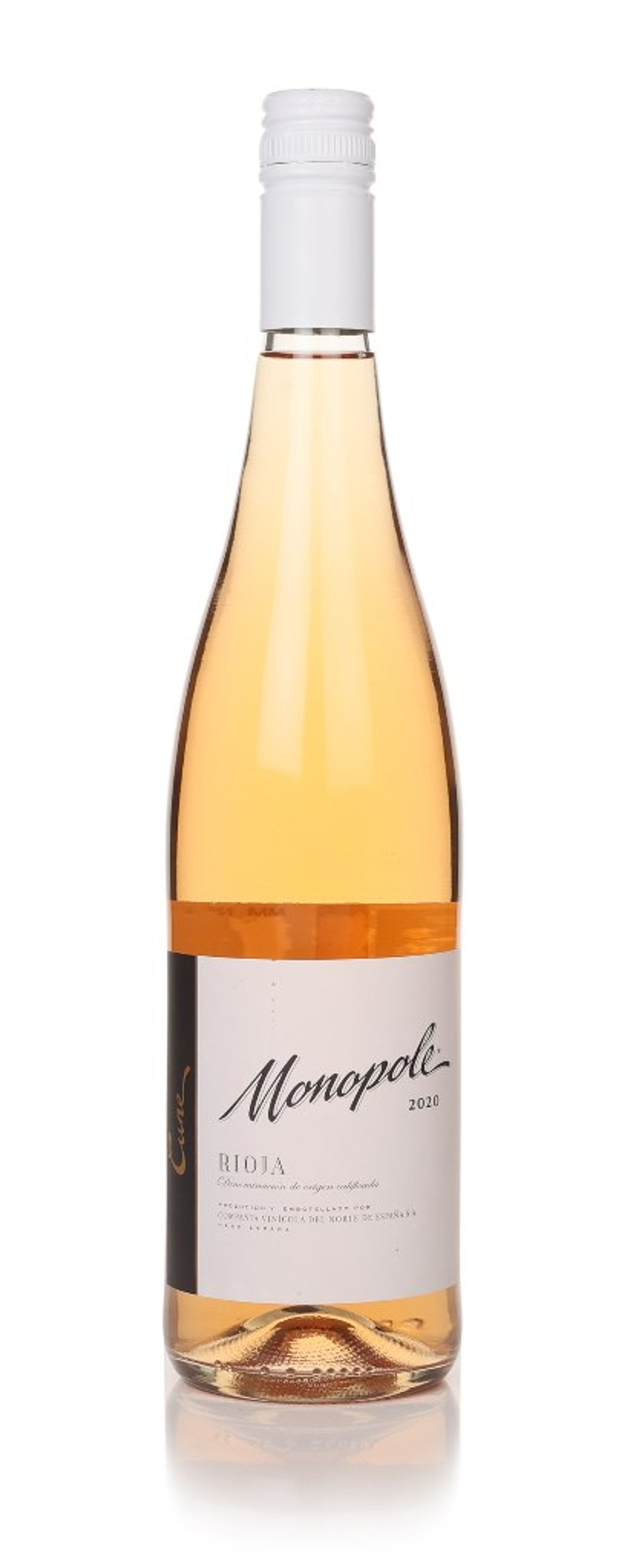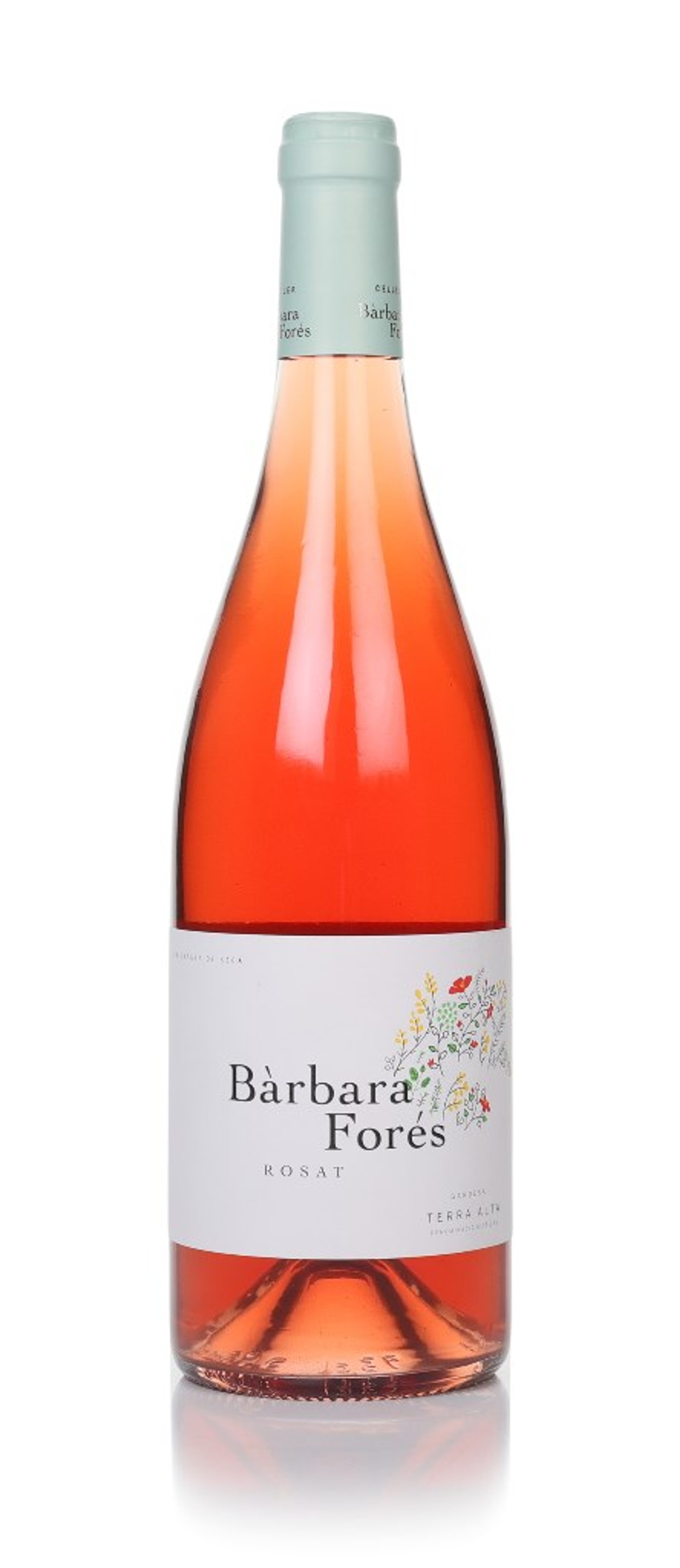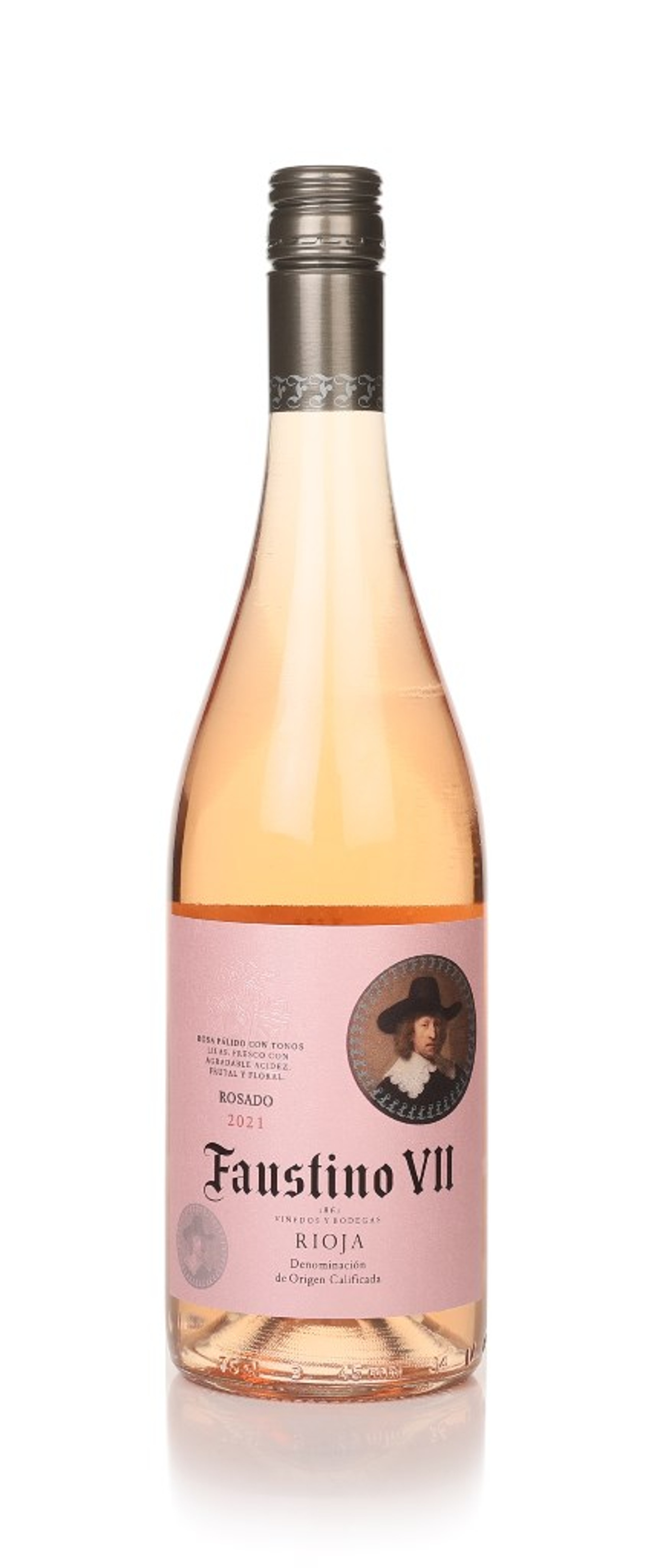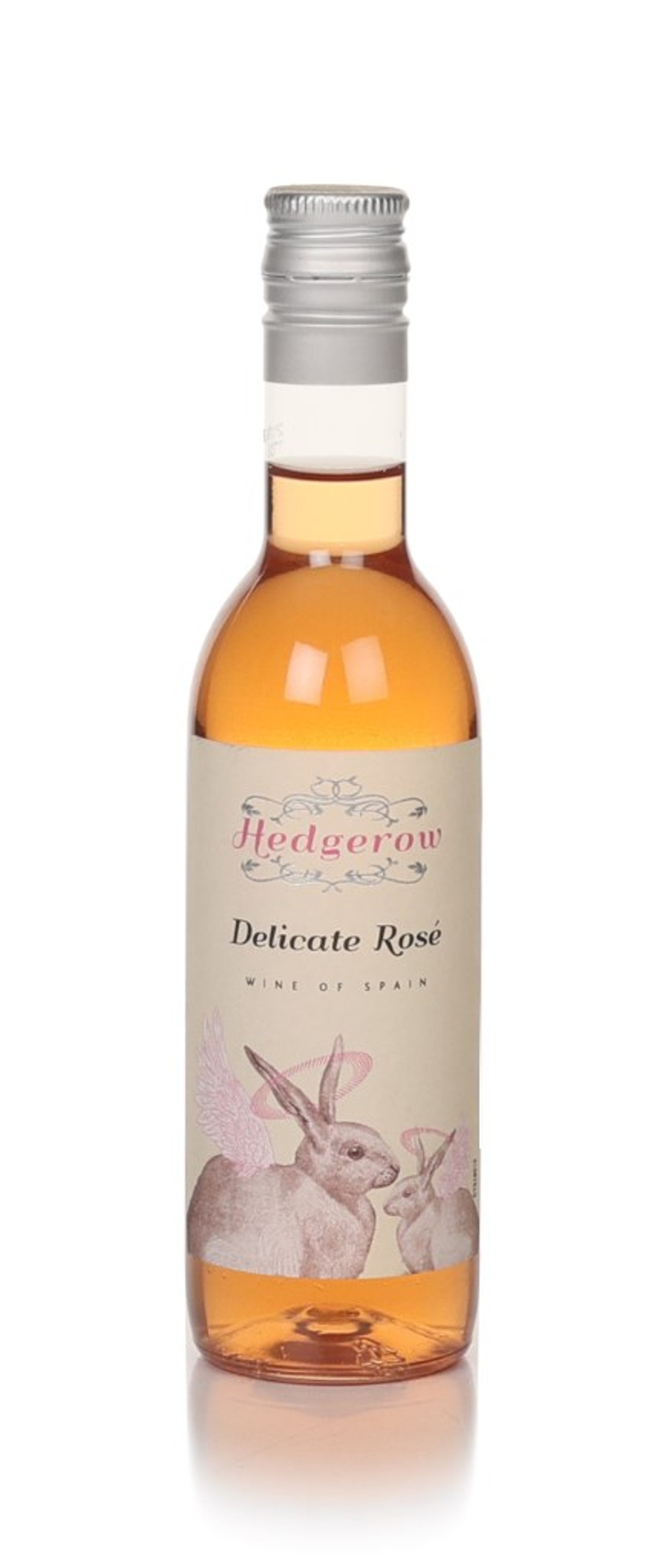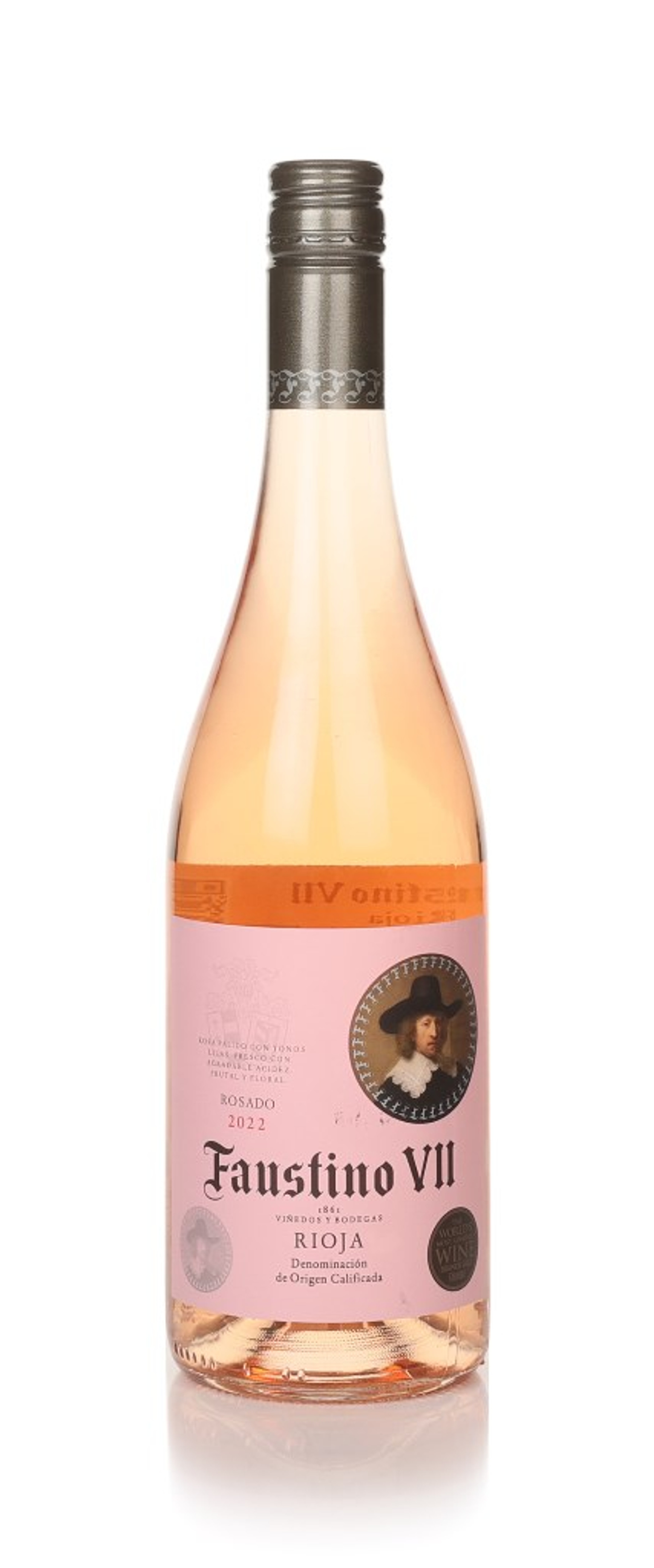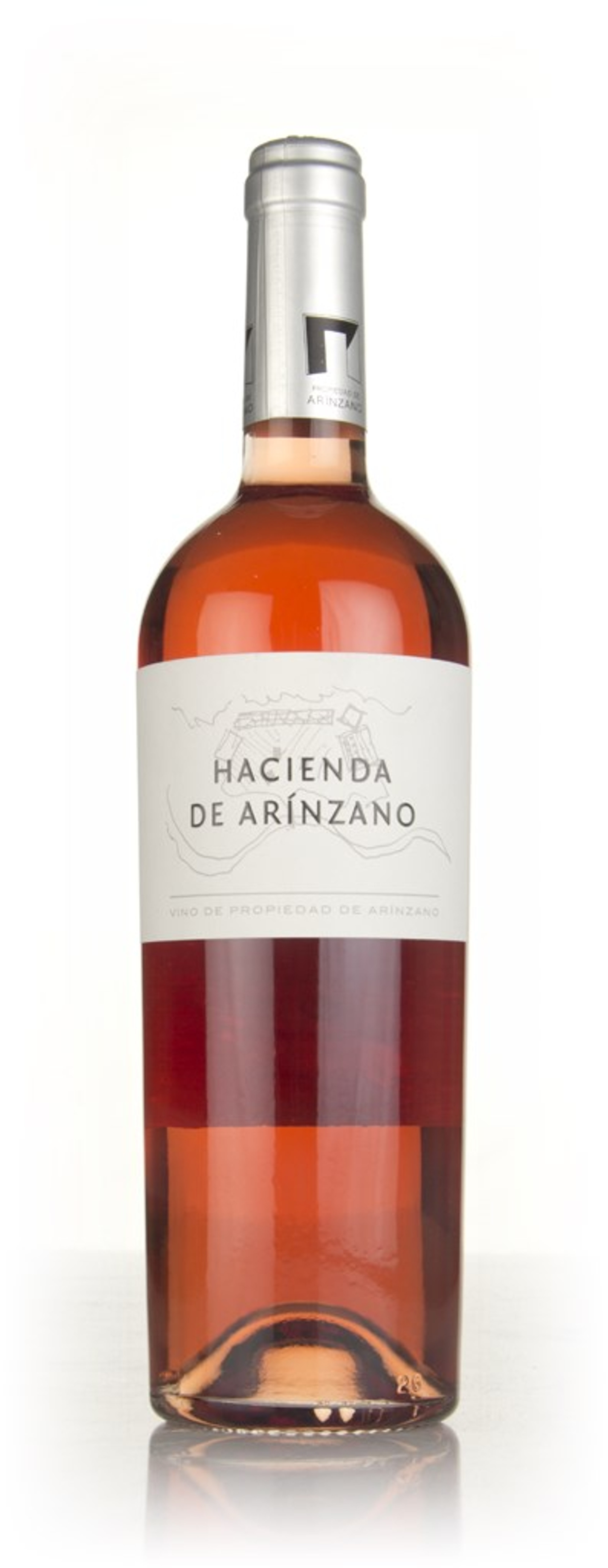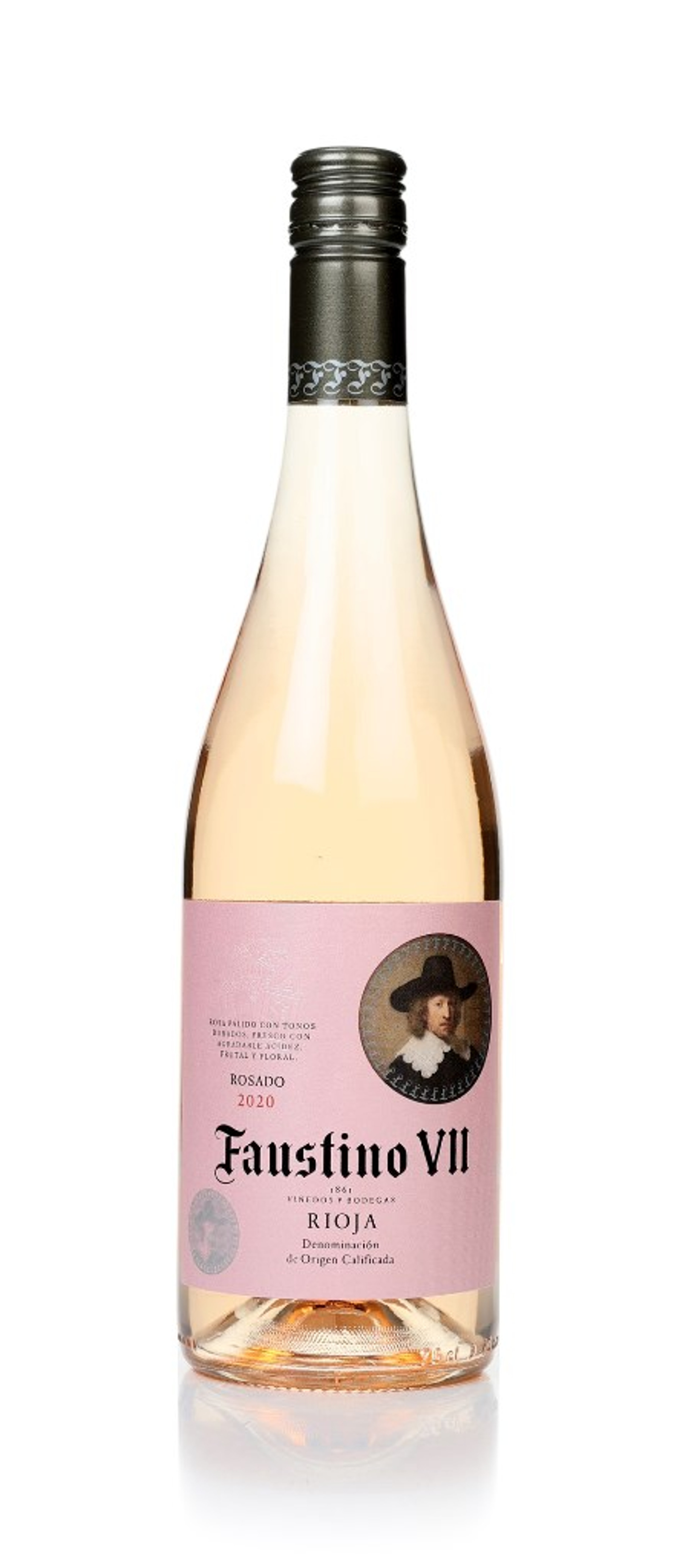
Spanish Rosé Wine
Spanish rosé wine, locally known as "rosado," paints a vivid portrait of Spain's vibrant viticulture. An elegant interplay of tradition and modernity, these pink-hued wines encapsulate the sun-drenched landscapes, passionate winemaking, and diverse grape varieties of the Iberian Peninsula.
While Spain is often associated with robust reds and crisp whites, rosados have been an integral part of its wine culture for centuries. The production of rosé wine in Spain is scattered across various regions, each lending its distinctive touch. From the cooler climes of Navarra, traditionally considered Spain's rosé heartland, to the warmer terrains of La Mancha and Catalunya, the spectrum of Spanish rosados is as varied as the country's terroir.
The versatility of Spanish rosados arises from the myriad grape varieties employed. Tempranillo, Garnacha (Grenache), and Monastrell (Mourvèdre) are among the primary grapes used, but Spain's rich viticultural heritage ensures many indigenous varieties also play their part. The depth of colour, aroma, and flavour in a rosado is influenced by the grape type and the duration of skin contact during winemaking. While some winemakers opt for minimal skin contact to produce pale, almost Provence-style rosés, others embrace longer maceration, resulting in wines of deeper colour and intensity.
A sip of Spanish rosado is a burst of refreshment. The flavour profile spans a spectrum, from delicate notes of strawberry, rose petal, and citrus to more robust expressions of cherry, plum, and spice. Their inherent acidity combined with a rounded mouthfeel makes them exceptionally food-friendly, pairing seamlessly with a range of dishes, from tapas and paellas to grilled seafood and meats.
While rosados have always had their place in Spanish viticulture, the global rise in rosé popularity has seen a renewed focus on quality and innovation in Spanish rosé production. Winemakers are experimenting with different grape blends, vinification techniques, and ageing processes, paving the way for rosados that cater to both traditionalists and contemporary palates.
Spanish rosado, with its rich tapestry of flavours and styles, embodies the essence of Spanish winemaking – a harmonious blend of history, innovation, and the joy of the Mediterranean. As wine enthusiasts around the world continue to embrace the allure of rosé, Spanish rosados stand poised to offer a sip that's as refreshing as a flamenco rhythm and as evocative as a sunlit Spanish afternoon.
While Spain is often associated with robust reds and crisp whites, rosados have been an integral part of its wine culture for centuries. The production of rosé wine in Spain is scattered across various regions, each lending its distinctive touch. From the cooler climes of Navarra, traditionally considered Spain's rosé heartland, to the warmer terrains of La Mancha and Catalunya, the spectrum of Spanish rosados is as varied as the country's terroir.
The versatility of Spanish rosados arises from the myriad grape varieties employed. Tempranillo, Garnacha (Grenache), and Monastrell (Mourvèdre) are among the primary grapes used, but Spain's rich viticultural heritage ensures many indigenous varieties also play their part. The depth of colour, aroma, and flavour in a rosado is influenced by the grape type and the duration of skin contact during winemaking. While some winemakers opt for minimal skin contact to produce pale, almost Provence-style rosés, others embrace longer maceration, resulting in wines of deeper colour and intensity.
A sip of Spanish rosado is a burst of refreshment. The flavour profile spans a spectrum, from delicate notes of strawberry, rose petal, and citrus to more robust expressions of cherry, plum, and spice. Their inherent acidity combined with a rounded mouthfeel makes them exceptionally food-friendly, pairing seamlessly with a range of dishes, from tapas and paellas to grilled seafood and meats.
While rosados have always had their place in Spanish viticulture, the global rise in rosé popularity has seen a renewed focus on quality and innovation in Spanish rosé production. Winemakers are experimenting with different grape blends, vinification techniques, and ageing processes, paving the way for rosados that cater to both traditionalists and contemporary palates.
Spanish rosado, with its rich tapestry of flavours and styles, embodies the essence of Spanish winemaking – a harmonious blend of history, innovation, and the joy of the Mediterranean. As wine enthusiasts around the world continue to embrace the allure of rosé, Spanish rosados stand poised to offer a sip that's as refreshing as a flamenco rhythm and as evocative as a sunlit Spanish afternoon.
Price
Advanced Search
Age in years
All
Bottling year
All
Vintage
All
Alcohol by volume
All
Categories
Distilleries & brands
Style
User rating
Bottle size
Countries
Regions
